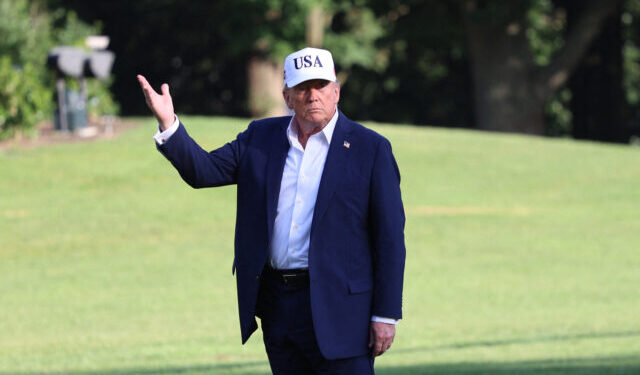The U.S. economy posted stronger growth in the second quarter than government economists had first estimated, with new numbers revealing a pace that speaks to the strength of American consumers and businesses even in the face of global uncertainty. On Thursday, the Commerce Department reported that gross domestic product grew at a 3.8 percent annual rate from April through June, compared with the earlier reading of 3.3 percent. Adjusted only for seasonality, not inflation, the economy jumped at a six percent pace.
That kind of upward revision is rare and caught many economists off guard, as forecasts had suggested no change from the previous estimate. Instead, the update showed household demand driving growth more firmly than expected. Consumer spending rose at a 2.5 percent rate, well above the earlier figure of 1.6 percent. At the same time, final sales to private domestic purchasers—often considered one of the clearest gauges of true underlying demand—rose 2.9 percent, compared to the prior 1.9 percent.
These figures matter because they show that the American economy remains resilient, not simply because of government policy, but because of the willingness of individuals and families to keep spending, investing, and driving growth forward. The rebound is even more notable when placed against the backdrop of the first quarter, when GDP actually contracted by 0.6 percent. That slowdown had been largely attributed to businesses accelerating imports in anticipation of President Trump’s tariffs, a move that distorted trade flows and front-loaded activity into an earlier period.
What we are seeing now is a clearer picture of the economy’s natural rhythm. Growth is being fueled not by temporary government programs or artificial stimulus but by real consumer activity and private sector demand. For conservatives, this speaks to the power of unleashing the economy through lower taxes, fewer bureaucratic roadblocks, and policies that reward productivity rather than penalize it. When American families feel confident, they spend. When businesses can plan without being smothered by red tape, they invest.
There was, however, a small but important shift in inflation. Prices rose at a 2.1 percent annual rate in the second quarter, slightly higher than the earlier estimate of 2 percent. Stripping out food and energy, so-called “core” prices increased at a 2.6 percent pace. While not dramatic, it’s a reminder that inflation never fully disappears. Policymakers in Washington would do well to avoid layering on unnecessary spending or regulation that risks driving those numbers higher.
In many ways, the story here is simple: America’s growth engine works best when driven by its people, not by Washington’s interference. Household demand, private investment, and steady consumer activity remain the bedrock of prosperity. The latest report confirms what common sense already tells us—government cannot manufacture growth, but it can get out of the way and let it happen.




















